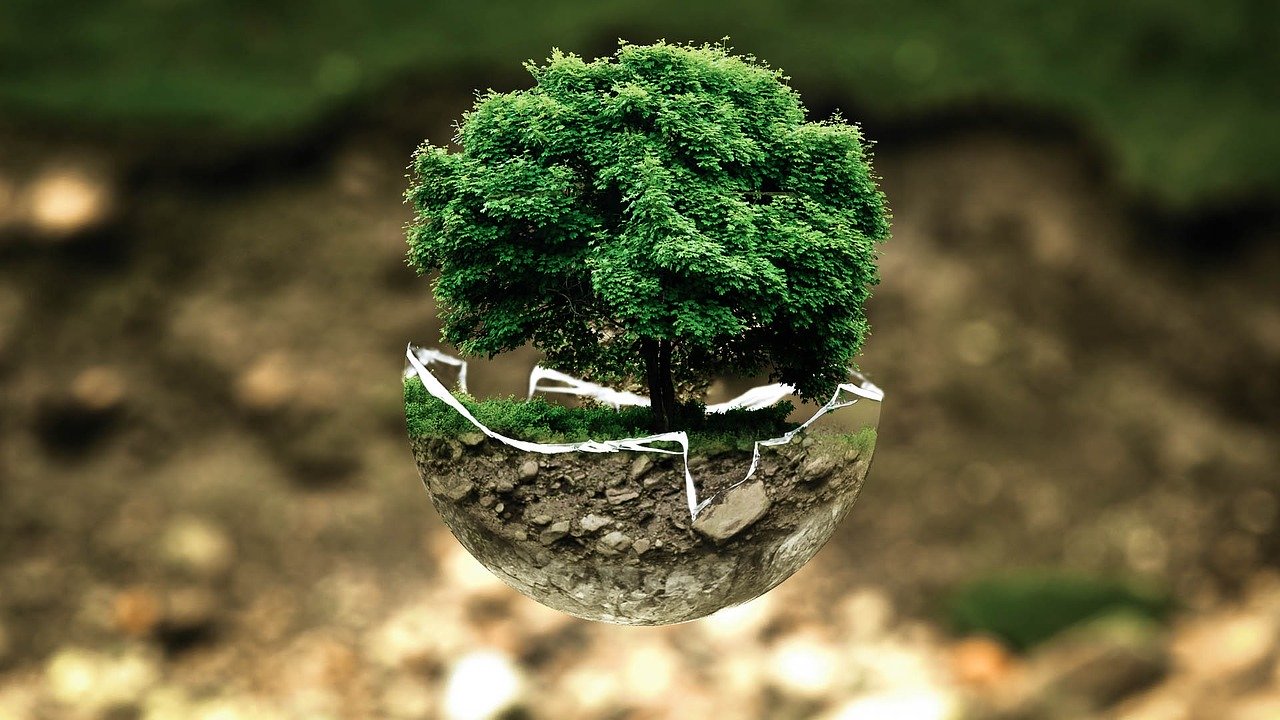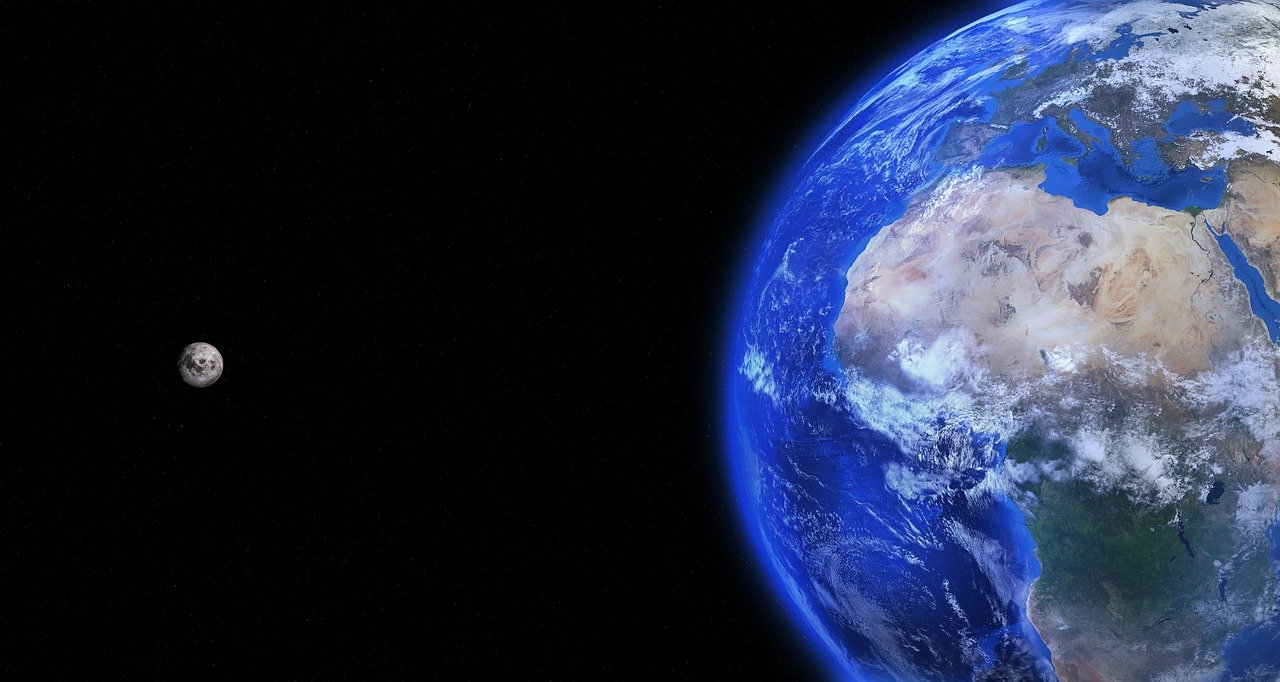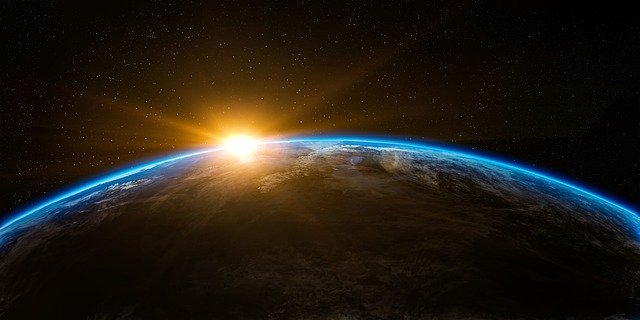How is the air around the Earth formed?
Every day we live in the air, breathe the air, so how is air formed? This issue has not yet been fully answered; people are trying to find out and discover more.
It is thought that initially, when the Earth from the solar nebula precipitated into a loose sphere, the air not only covered the Earth’s surface but also mixed into the inside. At that time in the air, the most abundant ingredient is hydrogen, accounting for about 90%. There is also quite a bit of water vapor, methane, ammonia, helium, and some other inert gases, but almost no nitrogen, oxygen, and carbon dioxide.
Later due to the gravitational pull of the Earth’s center, this loose sphere contracted. During the contraction process, the air is squeezed, causing the ground’s temperature to increase dramatically, air from the ground diffuses into the air. When the Earth is small to a certain extent, the speed of shrinking slowly, the shrinking phenomenon’s temperature also decreases, the Earth cools the crust freezes. The air in the Earth’s crust is squeezed out, and at the same time subject to the Earth’s center’s attraction, it surrounds the outside of the Earth, forming the atmosphere. Here water vapor condenses into water, causing water on the Earth’s crust. The early period of the atmosphere was still fragile. The air composition was still far from today’s atmosphere, but it still includes steam, hydrogen, helium, ammonia, other inert gases, etc.

After the crust of the Earth solidifies, under the effect of billions of years of radioactive substances, the Earth’s heart’s temperature is constantly increasing, creating a great adjustment between the strata. Causing certain regions of Earth crust generates layer fractures and changes positions. Many lava and water in the Earth’s crust under high-temperature conditions continue to be released, increasing the amount of water in rivers and seas. Some of the gases are trapped in rock or strata, including carbon dioxide released in large amounts into the atmosphere.
Here in the atmosphere has a lot of water vapor, they are irradiated by sunlight, partly decomposing into hydrogen and oxygen. These oxides partly combine with the hydrogen in ammonia to release the nitrogen in ammonia, partly with the methane gas’s hydrogen, causing the carbon in the methane to dissociate. This carbon together combines with oxygen to form carbon dioxide. Thus, the air’s main components turn into oxygen, water vapor, nitrogen, and carbon dioxide. But back then, there was much more carbon dioxide than now and less oxygen.
According to recent isotope measurements, the Earth is more than five billion years old. About 1.8 to 1.9 billion years ago, aquatic organisms were gradually formed. About 700 – 800 million years ago, plants began to appear on all continents. Back then, the amount of carbon dioxide in the air was very much, so it was very beneficial for plants’ photosynthesis effects, making the plants multiply and thrive. When many plants photosynthesize, they absorb carbon dioxide from the air and release oxygen, which causes the oxygen content in the air to increase very rapidly, so about 500 million years ago, all kinds of animals on Earth also increased rapidly. The respiration of animals causes the oxygen in the air to turn into carbon dioxide.

After animals and plants on Earth increase, animals excrete, and when their bodies die, one part of the albumin turns into ammonia and ammonium salts, another directly decomposing into nitrogen. One that converts into ammonia and ammonium salts through the oxidizing and deoxidizing effects of bacteria, which turns into nitrogen gas entering the air. Under normal temperature conditions, nitrogen gas is inactive, so it isn’t easy to combine with other elements, so nitrogen in the air accumulates more and more, eventually reaching the present content. Back then, the air layer near the ground had a composition but today. Nitrogen accounts for about 78%; oxygen is about 21%, agon is nearly 1%, the total number of other trace gases is less than 1%. From there, it can be seen that the formation of the atmosphere on the one hand, is related to the formation of the Earth. And the crust, on the other hand, is related to the appearance of plants and animals. It doesn’t have to take shape in isolation.
That is a relatively common explanation of the scientific community. Today, humanity has advanced technology to understand the air condition of the universe’s stars by comparing the results of measuring the air between several visible planets and the stars’ atmosphere. The planet is in different stages of development. That helps us to understand the many processes of Earth’s atmospheric formation. But the theory of atmospheric formation most relevant to reality still has to wait for a step for further exploration.




